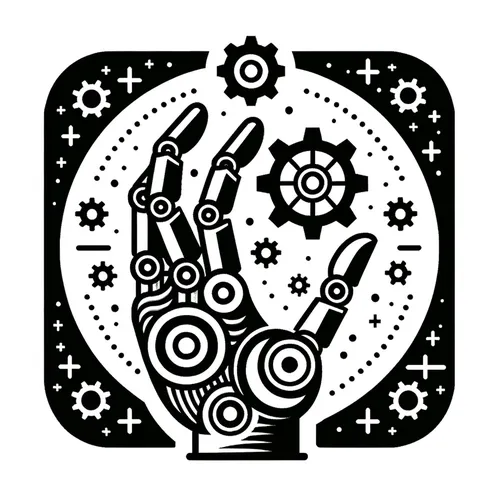Automate 2025: AI and Robotics Collide, Sparking Industry Disruption and Billion-Dollar Breakthroughs
- Author
- Quiet. Please
- Published
- Mon 12 May 2025
- Episode Link
- https://www.spreaker.com/episode/automate-2025-ai-and-robotics-collide-sparking-industry-disruption-and-billion-dollar-breakthroughs--66051401
This is you Robotics Industry Insider: AI & Automation News podcast.
The robotics and automation sector is undergoing rapid transformation, driven by breakthroughs showcased at Automate 2025, currently underway in Detroit. One highlight is Arduino’s unveiling of the Rileva ME, a comprehensive, ready-to-deploy sensing platform that equips industrial teams with real-time asset monitoring and anomaly detection. By combining advanced wireless sensors and seamless integration with cloud-based analytics, Rileva ME empowers manufacturers to adopt predictive maintenance with minimal disruption. This shift toward smart maintenance not only prevents costly downtime but also extends the lifespan of critical equipment, illustrating how integration between the industrial internet of things and artificial intelligence is becoming standard in modern facilities.
Another major debut at the event includes Realtime Robotics’ new cloud-based solution, which accelerates the development and deployment of robotic work cells. This is particularly relevant as more businesses transition to flexible automation, where collaborative robots operate safely alongside human workers, adapting in real time to changing production needs. Shibaura Machine’s complete robotics line, spanning compact models like the THE400 for high-precision assembly, further exemplifies the versatility expected from today’s industrial robots—especially in sectors like electronics and automotive manufacturing.
The market itself reflects the momentum behind these innovations. The global industrial automation market is valued at over 251 billion dollars in 2025 and is projected to grow at a compound annual rate exceeding 9 percent, potentially surpassing 752 billion dollars by 2037. Key drivers include the demand for efficiency, labor cost pressures, and government incentives promoting digital transformation and sustainable practices. For example, productivity is closely tied to industrial robot density, with every one percent increase in robot adoption yielding significant improvements in output.
AI integration is no longer experimental; it is foundational. Companies leveraging AI in robotics report advances in real-time monitoring, workflow optimization, and even supply chain decarbonization—an urgent focus as logistics firms seek to reduce emissions through automation. Case studies, such as GXO’s new facility for Iceland Foods in the United Kingdom, confirm that AI-driven collaborative robots are improving efficiency, cutting transport times, and future-proofing operations against disruption.
For industry leaders, the takeaway is clear: investing in smart, scalable automation is no longer optional but essential to remain competitive. The future holds even more sophisticated AI-robotics integration, with automation technology enabling not just operational gains but also strategic advantages in resilience, sustainability, and workforce upskilling. Companies that act now, embracing both the technical and human sides of this transformation, will set the benchmark for tomorrow’s industry.
For more http://www.quietplease.ai
Get the best deals https://amzn.to/3ODvOta
